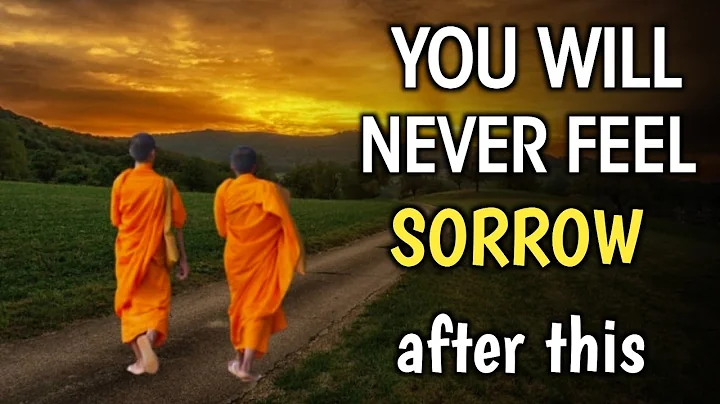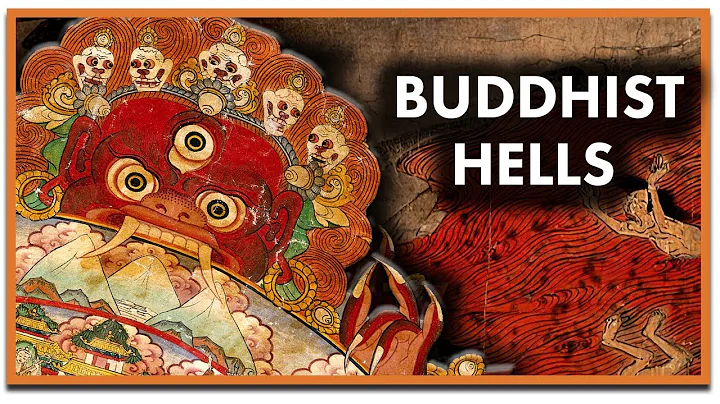(Source: Learn some Chinese classics every day)
In life, when you encounter an important exam, you will see many people in the temple worshiping Manjushri Bodhisattva . Many believers hope to receive blessings and blessings from Manjushri Bodhisattva. Below, the editor will introduce to you this Manjushri Bodhisattva who symbolizes the supreme wisdom.

Origin of the name
Manjushri Bodhisattva is the first in Buddhism to be eloquent and wisdom. As a symbol of great wisdom, it is the embodiment of the wisdom of all Buddhas.
Manjushri Bodhisattva, also known as Manjushri or Manjushri , this is a transliteration, meaning "wonderful auspiciousness". It uses great wisdom as the original wish and uses wisdom to cut off the root of ignorance since time immemoriality. It is called Great Wisdom Manjushri Bodhisattva.
Manjushri Bodhisattva (Great Wisdom) and Avalokitesvara Bodhisattva (Great Compassion), Ksitigarbha Bodhisattva (Great Vow), Samantabhadra Bodhisattva (Great Practice) is called Buddhist Four Great Bodhisattvas , and is well-known.
Manjushri Bodhisattva holds the sword of wisdom in his right hand, symbolizing the use of the sword of wisdom to cut off the afflictions and holds the lotus in his left hand to place the Prajna Sutra, representing the thinking of wisdom. At the same time, Manjushri Bodhisattva and Samantabhadra Bodhisattva are both left and right servants of Shakyamuni Buddha, and are called the "Three Saints of Huayan" in Buddhism.
Manjushri Bodhisattva usually rides on a green lion, indicating that his wisdom is extremely powerful, invincible, invincible. He not only has the appearance of quietness and compassion, but also has the appearance of glaring and majesty.
And these incarnations are all for better saving sentient beings. According to the Dharani Sutra, the image of Manjushri Bodhisattva is the appearance of a golden boy.

According to Buddhist scriptures, there are seven kinds of wisdom of Manjushri Bodhisattva
The first type is vast wisdom, which usually refers to the wisdom that can be quickly understood by reading books and classics.
The second type is profound wisdom, also known as emptiness wisdom, which is the wisdom of grasping and insight into the essence of things.
The third type is to distinguish wisdom, which means that in the first type of wisdom, after reading the book, you can read the wisdom that is not stated in the book, and understand the meaning beyond the meaning in the book.
The fourth type is agility and wisdom, which is the ability to respond quickly and a kind of wisdom to quickly solve problems.
The fifth type is writing wisdom, which means that the articles people usually say are well written and literary.
The sixth type is debate wisdom, which is the wisdom of argumentation through eloquence logic.
The seventh type is speech wisdom, that is, the wisdom of speech ability.
The story of Manjushri Bodhisattva: "The Poor Girl Begs for the Essay"
According to legend, In the years of the Northern Wei Dynasty, Dafu Lingjiu Temple set up "No Challenge" every spring in March. Anyone who rushes to the Essay can have a full meal regardless of the high or low. A woman dressed in a ragged dress, with two dirty children and a yellow dog who had been hungry for a long time, came to this vegetarian party. Those who came to the temple brought flowers, fruits and gifts to the Buddha.
This woman was too poor and had nothing, so she cut off her hair to offer to the Buddha, and then asked the monks in the temple to use a vegetarian food first, saying that she wanted to rush to go. The monks at the beginning were all satisfied. After the woman in rags, two dirty children, and yellow dogs all finished the vegetarian meal, the woman made another request, saying that it was too much, it was not too much, it mainly depends on her mind.
Usually, Bodhisattvas test people, so it must be a bit difficult, so that they can see a person’s cultivation, and this time is no exception. The woman said, "I have a child in my belly, and he hasn't eaten yet." Her previous patience has been used up, and this time she finally broke the bottom line of the monk, so he angrily accused the woman of being greedy. Then there are various scenes of gods appearing in the movie.
The final story also ended in empty Zen words.
"Bite melon is bitter, the melon is sweet, the three realms are not attached to it, which makes Master Ah dislike"
" All living beings are equal, the mind follows the waves of all realms, and the abdomen is gone. What is it like hate and love? Keeping your mind is like the earth, also like water, fire and wind, no difference, and ultimately like the void."
Manjushri Bodhisattva's temple
Manjushri Bodhisattva's temple is in Mount Wutai, Shanxi today, which is also one of the four famous mountains of Chinese Buddhism. Why is it in Mount Wutai?
The "Avatamsaka Sutra of the Great Belly and Guang Buddha" records: "There is a place in the northeast, called Qingliangshan . There are currently Bodhisattvas, named Manjushri, and their relatives, all the Bodhisattvas, and ten thousand people, who are always in it and preach the Dharma."
is inferred from the geographical location that it is in Mount Wutai, but the reason why the public really believes is because there are many legends about Manjushri Bodhisattva in Mount Wutai. For example, the story of Mr. Xuyun and Wenji was also sung by later generations.
All those who go to Mount Wutai will definitely meet Manjushri Bodhisattva, which is the great vow made by Manjushri Bodhisattva. He said that as long as you come to Mount Wutai, I promise to meet you, just to see you in what way. Everyone who goes to Mount Wutai is very pious and compassionate.

Manjushri Bodhisattva's mount
Manjushri Bodhisattva usually rides a green lion, indicating that his wisdom is extremely powerful, invincible, invincible. The lion is the king of , . All wild beasts are afraid of the lion, so it is fearless and therefore can also subdue all evil demons and heretics. In Buddhism, lion roar is also used to describe majesty, and making a sound can shock and intimidate external demons.
Legend has it that the Dragon King gave birth to nine sons, one of whom is very similar to a lion, likes to swallow clouds and fog, likes to be quiet but not move, and its image often appears on the incense burner. Tang Dynasty eminent monk Huilin said: "小小小小小小小小小小小小小小小小小小小小小小小小小小小小小小小小小小小小小小小小小小小小小小小小小小小小小小小小小小小小小小小小小小小小小小小小小小小小小小�
Manjushri Bodhisattva rides on a green lion, with a solemn appearance, cuts off the ignorance and afflictions of the world, uses the lion's roar and Dharma sound to preach, and saves all the demon obstacles on earth.







![[English] Who Am I - Lecture 1 - Ven. Guan Cheng - DayDayNews](https://i.ytimg.com/vi/KU0fUs2It5o/hq720.jpg?sqp=-oaymwEcCNAFEJQDSFXyq4qpAw4IARUAAIhCGAFwAcABBg==&rs=AOn4CLDFpQUN_QwRfC7bmP4sUadq-RcYdg)
![A Moving Masterpiece 清明上河图 [English narration] - DayDayNews](https://i.ytimg.com/vi/kxff-4GktOI/hqdefault.jpg?sqp=-oaymwEcCOADEI4CSFXyq4qpAw4IARUAAIhCGAFwAcABBg==&rs=AOn4CLBtHGLeUpJNCYDJYnZTuISQ1N5Vag)


